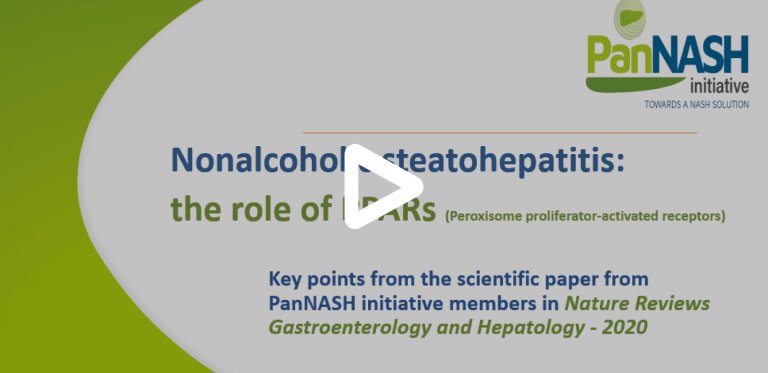Management of NAFLD in the Middle East
The global prevalence of NAFLD is estimated at approximately 25%. In a recent meta-analysis on the global epidemiology of NAFLD, Younossi et al. reported the prevalence to be highest (32%) in the Middle East, and is estimated to grow further with an increase in its risk factors such as obesity, metabolic syndrome...


